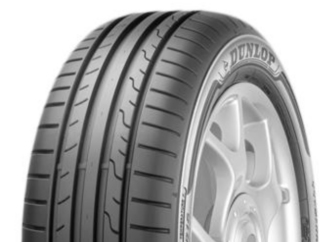Calls
for the maximum age of tyres to be limited
Concerns are growing over the need for regulations imposing limits
on the age of tyres fitted to cars in the UK. For classic car enthusiasts
that highlights several issues, not least the effects of of tyres
ageing and how an age limit on tyres could be policed? See alongside.
The suggested age limit for tyres is 10 years which would provide
a legal limit whereas other sources suggest that tyres of over 7 or
8 years old can show signs of hardening of the rubber and consequential
handling and safety concerns.
Although over recent years the awareness of the ageing effects on
tyre rubber and the
consequent safety implications from reduced grip, braking and roadholding
are better known, there have been some alarming cases of ignorance
or worse. Reports
How to read the tyre wall markings to find the age of a tyre. More
Tyre safety concerns with classic cars. More
Posted: 190214 |
 |
Concern
is growing over the lack of an age limit on tyres fitted to
cars in the UK. Whilst tyre wear for modern cars tends to
be higher because most do high mileages, generally classic cars
don't do large annual mileages so the wear rate of tyres fitted
to classic cars is lower. Consequently they are much more likely
to be running on old tyres. But what are "old tyres"?
Tyres never stop vulcanising, they just get harder and
harder over time which means they can have all the tread but
because of the hardening of the rubber and reduced flexibility
of the rubber, that leads to reduced grip and consequently reduced
roadholding and braking performance, particularly in the wet.
There is a growing call for an age limit on tyres in the UK. |
| For
classic car enthusiasts the growing concerns highlight several
issues, not least the two below: |
|
Tyres on classic
cars tend to "age" well before they begin to show
signs of wear
Without an awareness of the reduced roadholding and braking
effects of tyres over 7 or 8 years old, some owners might
on inspecting the their tyres feel they have plenty of tread
and all is well. Not so. Tyres age and the rubber hardens
and loses their flexibility leading
to reduced grip and consequently reduced roadholding and braking
performance, particularly in the wet.
|
If
an age limit is introduced how would it be policed?
With most classic cars becoming eligible for MOT exemption,
if owners decide to self declare their vehicle a Vehicle of
Historic Interest (VHI) and claim MOT exemption they may then
never get an annual inspection. Of course an MOT exempt vehicle
can always have a voluntary MOT test or a similar inspection
and many responsible bodies recommend they do so. Many classic
car owners can also see an annual test or inspection is a wise
precaution. |
Awareness
of of how to find the age of tyres
Last week the Federation of British Historic Vehicle Clubs (FBHVC)
revealed that 33% of members surveyed could not tell the age
of a tyre from the codes on the sidewall of a tyre.
They should see our guide
to reading the markings on tyre sidewalls.
What age limit is suggested?
Douglal Cawley of Longstone Tyres suggests 10 years as an
upper limit unless storage is or has been perfect - adding
"the people who make them store them best", but in
such cases "they should be sold no more than 5 years after
they were produced". The Department for Transport has at
this stage indicated "it would not be drawn either way
regarding age limits on classic car tyres". The results
of its tyre age test backed by DVSA and Traffic Commissioners
for Great Britain will be published in Spring 2019. |
|



